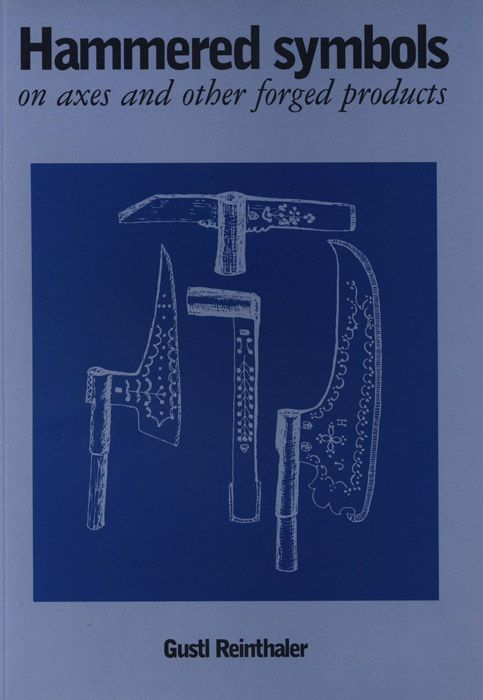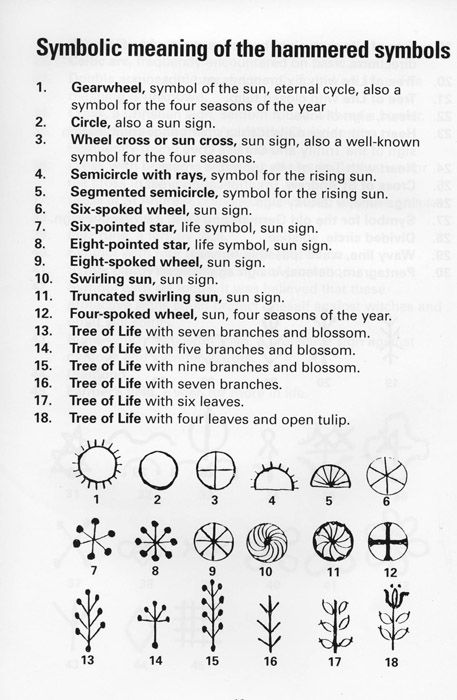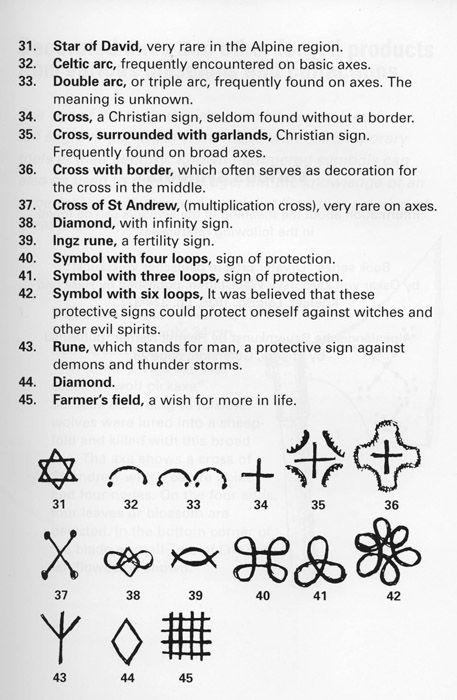- Joined
- Mar 2, 2013
- Messages
- 1,772



It makes a good companion to its cousin out of the Tyrollean regions the breitbeil.

Sharing similar construction features to include a nicely tapered socket and this rib accentuating the form, both are of course left-hand oriented. The taper being notable because not all similar axe makers go to the effort, just wrapping the socket parallel-sided for expediency instead.

And together with their cousin bandhacke, as a carpenter of a certain tradition, who could ask for more. In other words the set seems complete.

One other complimentary feature is the extra effort made at decorating it. I like also the choice of placement reminding anyone who might be mistakenly inclined not to use the poll as a hammer.
Last edited:










































